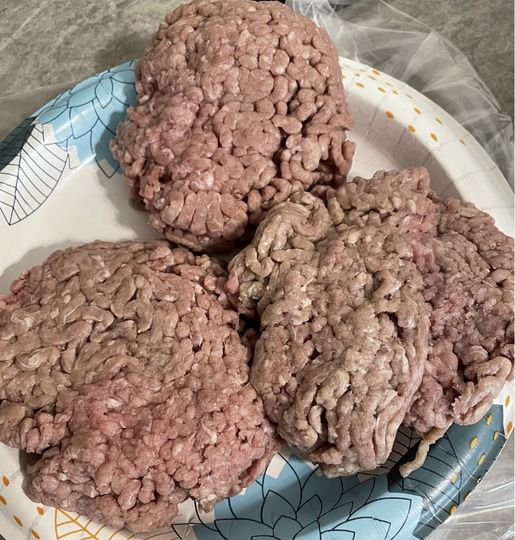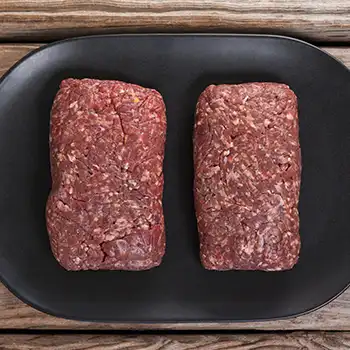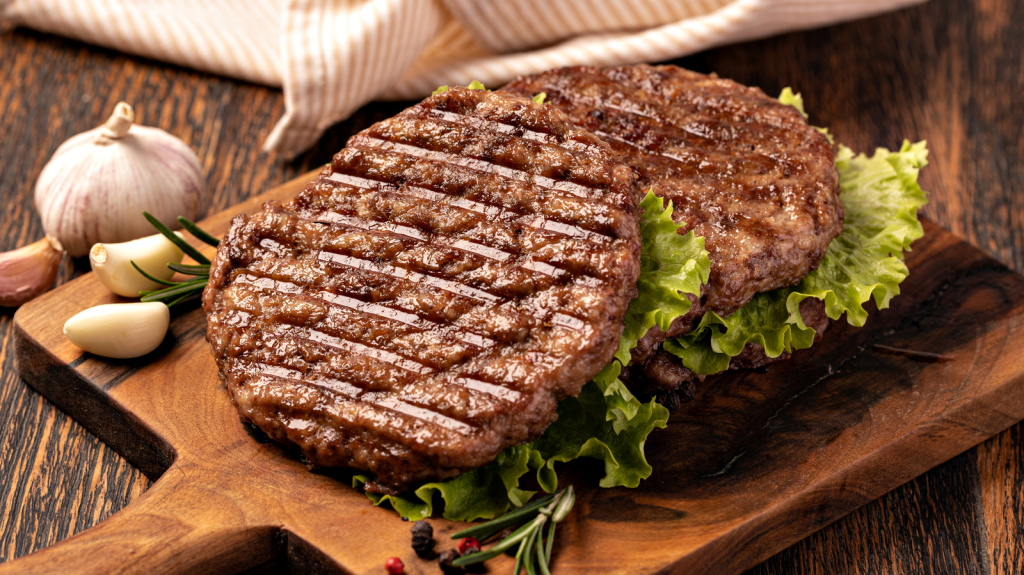You’ve probably been there—you open a package of ground beef, ready to whip up a delicious meal, only to find the meat looking more gray than that bright, vibrant red you expect. Your first thought? “Is this still safe to eat?” While the instinct to be cautious is a good one, the truth is, gray ground beef isn’t always a sign of spoilage.
Fresh beef gets its signature red color from a pigment called myoglobin. When myoglobin interacts with oxygen, it forms oxymyoglobin, creating that rich, appetizing hue you see in the store. In a package of ground beef, the surface that’s exposed to air turns red, while the inside often appears grayish or brownish simply because it hasn’t had oxygen contact. This is normal and harmless—as long as the gray is only in the center.

When Gray Color Is a Warning Sign
Color alone doesn’t always tell the whole story, but it can be an early clue. If the outside of your ground beef is gray or brown, that’s a potential sign of oxidation or bacterial growth. In other words, it may be on its way to spoiling.
This is when you should check for other warning signs:
- Smell – Fresh beef has a mild, almost neutral scent. A sour, rancid, or strong unpleasant odor is a sure sign it’s time to toss it.
- Texture – Fresh ground beef should feel firm yet moist. If it feels sticky, tacky, or slimy, bacteria have likely begun breaking it down.
- Sell-by Date – While beef can still be safe a day or two past this date if stored properly, any sign of discoloration or odor means it’s not worth the risk.
Video: This video breaks down why gray ground beef often isn’t a red flag, especially when the discoloration is in the interior
The Hidden Danger of Spoiled Meat
Even if you cook spoiled meat to a high temperature, it doesn’t make it safe. Harmful bacteria like E. coli and Salmonella can produce toxins that heat can’t destroy. That’s why it’s crucial to catch spoilage early—once it’s bad, no amount of cooking will make it safe again.
How to Store Ground Beef for Maximum Freshness
If you want your beef to stay safe and delicious for as long as possible, proper storage is key:
- Keep it refrigerated at or below 40°F and use it within 1–2 days of purchase.
- If you’re not cooking it within that time, freeze it at 0°F or lower. Store it in its original packaging inside a freezer-safe bag to prevent freezer burn.
- Frozen beef can maintain peak quality for up to four months.

When you’re ready to cook, thaw it in the refrigerator, not on the counter, to avoid the “danger zone” where bacteria grow rapidly.
Cooking Ground Beef the Right Way
No matter how fresh it looks, always cook ground beef to an internal temperature of 160°F. This ensures harmful bacteria are destroyed. Use a meat thermometer—guessing based on color isn’t reliable.
The Bottom Line on Gray Ground Beef
A gray center in ground beef is often just the result of oxygen not reaching that part of the meat—perfectly normal and safe. But if the gray or brown color appears on the outside, especially when paired with an unpleasant smell or slimy texture, it’s time to throw it away.
By understanding the difference between harmless color changes and true spoilage, you’ll waste less food, protect your health, and feel confident in your kitchen decisions. When in doubt, trust your senses—if it looks, smells, or feels off, it’s always better to be safe than sorry



